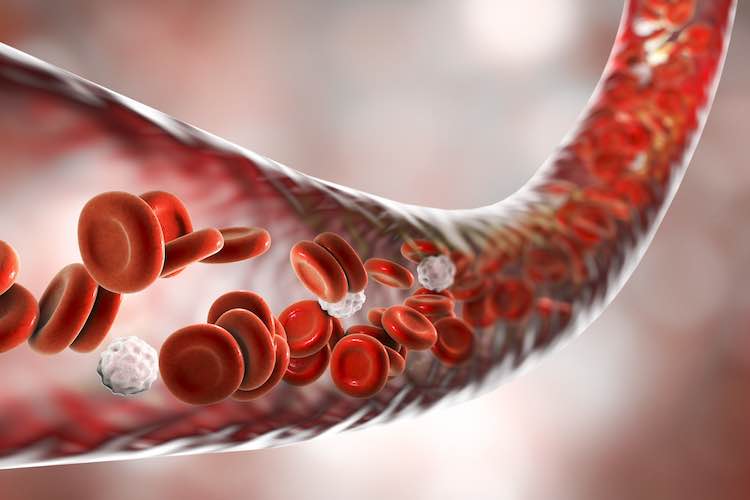Is blood sterile?
🩸 Is Blood Sterile?
Have you ever wondered what's really flowing through your veins besides red cells and life itself? We often hear how blood carries oxygen, nutrients, and hormones — but what about bacteria or viruses? Could they be cruising through your bloodstream too?
Let’s uncover the mystery: Is blood sterile?
🧬 Abstract
Yes, blood is normally sterile — meaning that under healthy conditions, it does not contain any microorganisms such as bacteria, fungi, or viruses.
Microbes in blood = potential medical emergency
🔬 Why Is Blood Normally Sterile?
Under normal, healthy conditions, blood is completely sterile. This means it doesn't contain any bacteria, fungi, or viruses. Your body is built to keep the bloodstream a super-secure, clean highway — no trespassers allowed.
Blood travels everywhere — your brain, heart, kidneys, even your toes. A single microbe could hitchhike its way into any organ. That’s why your immune system safeguards the bloodstream with extreme vigilance.
🧪 How Do We Know If Blood Is Infected?
Doctors use blood cultures — a test where a sample of your blood is incubated in controlled conditions to check for microbial growth. If anything grows, it's analyzed and treated accordingly.
🛡️ How Does Blood Stay Sterile?
- Skin and mucous membranes act as physical barriers
- The immune system actively destroys microbial intruders
- Liver and spleen filter blood and remove pathogens
But injury, surgery, or immune suppression can breach these defenses, allowing pathogens to invade the bloodstream.
🧫 Where the Microbes Lurk — And Why They Don’t Belong in Blood
The body hosts vast microbial populations — your gut, skin, and mouth teem with life. But blood is a privileged internal environment, designed to be microbe-free. Not because microbes “ride freely,” but because blood lacks localized immune buffers like mucus or healthy microbiota.
Once a microbe enters the bloodstream, it can spread rapidly — triggering inflammation and systemic responses. This isn't just about transport — it's a breach of the body's core defense perimeter.
🧠 Immunological Defenders of Blood
- Neutrophils: Engulf microbes via phagocytosis
- Monocytes: Signal and recruit other immune cells
- Complement System: Lyses bacterial membranes
- Toll-Like Receptors: Detect microbial patterns like LPS
These defenders keep blood clear, even when microbes attempt invasion.
🧬 Is Blood Ever Naturally Non-Sterile?
Controversial research hints at a potential "blood microbiome," with bacterial DNA detected in healthy people using advanced sequencing techniques. But many scientists argue this may be due to:
- Sample contamination
- Dead or degraded microbes
- Minor microbial translocation from mucosal sites
For now, the scientific consensus remains: Healthy blood is sterile.
🔍 Testing for Sterility
Besides traditional cultures, modern tools include:
- PCR/qPCR: Detect microbial DNA
- NGS: Deep sequencing of microbial genomes
- MALDI-TOF MS: Identifies bacterial species via protein profiles
🔚 Final Thoughts: Sterility = Protection
Blood sterility is not just the absence of microbes — it is a symbol of immune strength, cellular harmony, and biological order.
When breached, the bloodstream becomes a battlefield. Understanding this helps us value not just science, but the fierce protection happening within us every moment.
That river flowing through you is pure for a reason. Keep it that way.
Cite: Bandyopadhyay A. Fresh Science Trends (2025)


Comments
Post a Comment
Please comment on this blog-